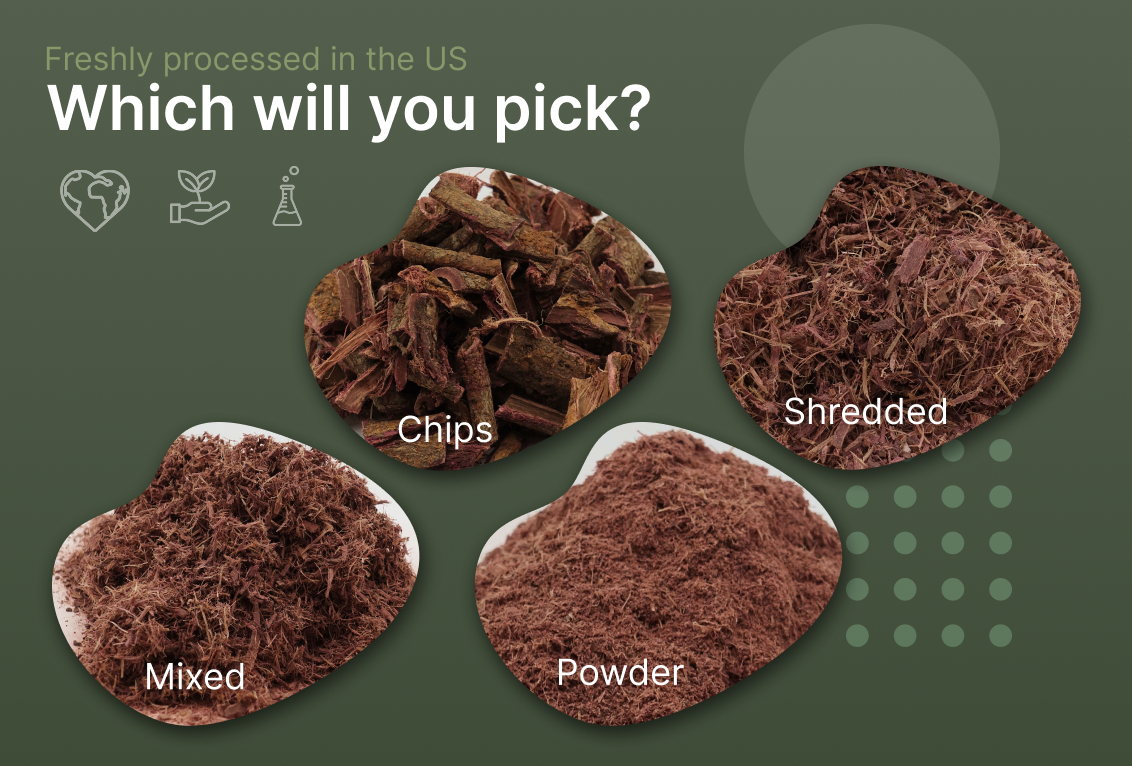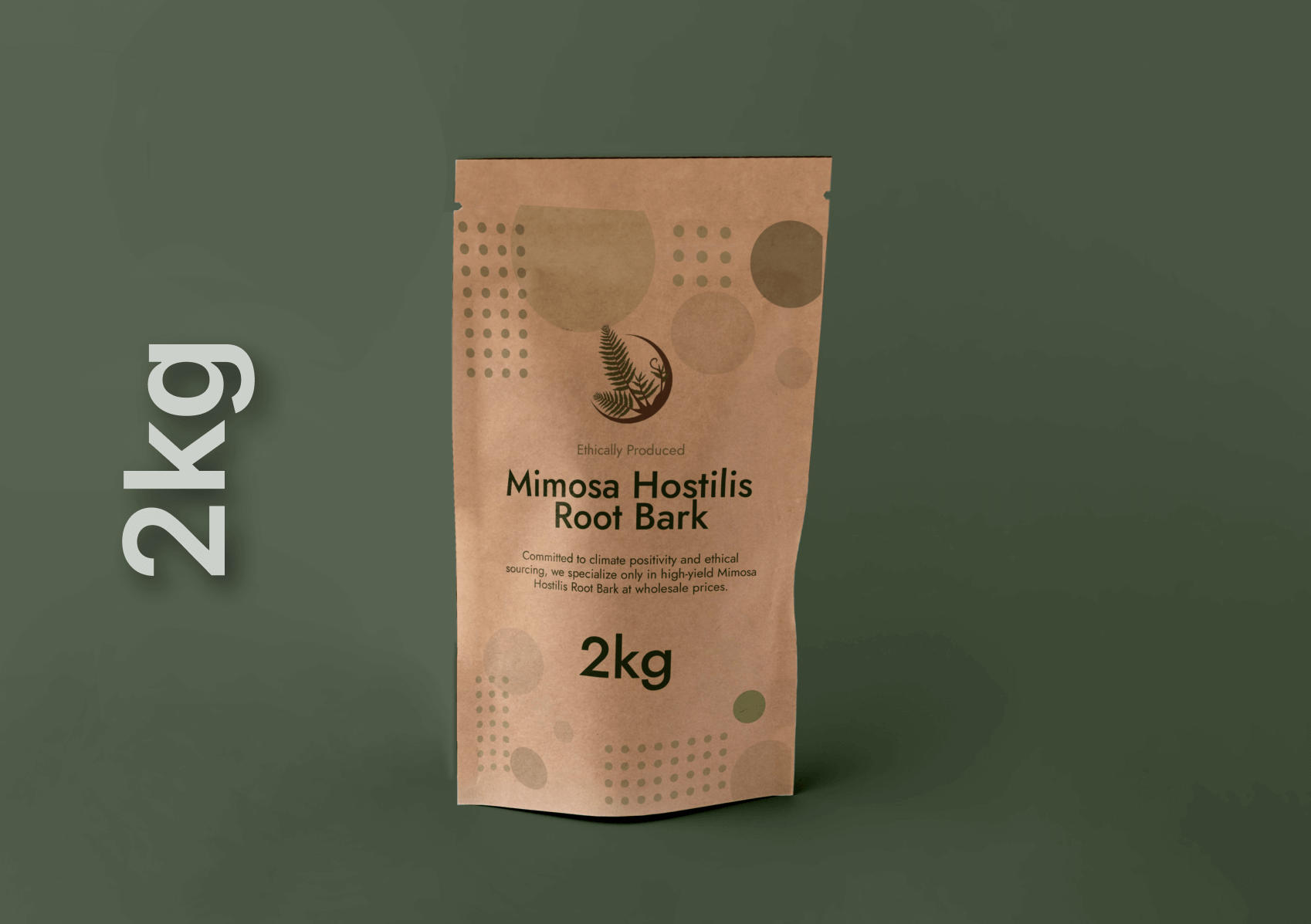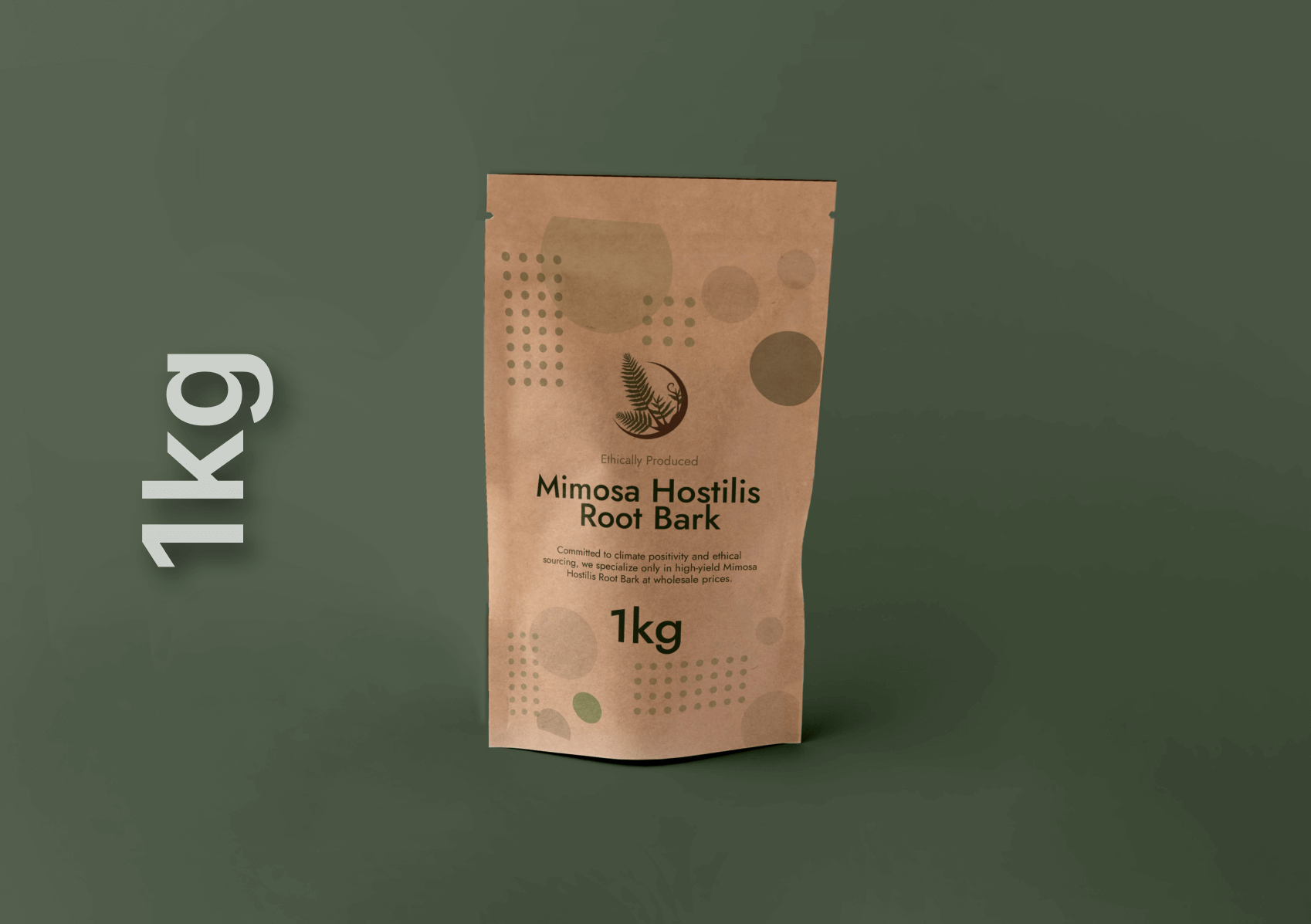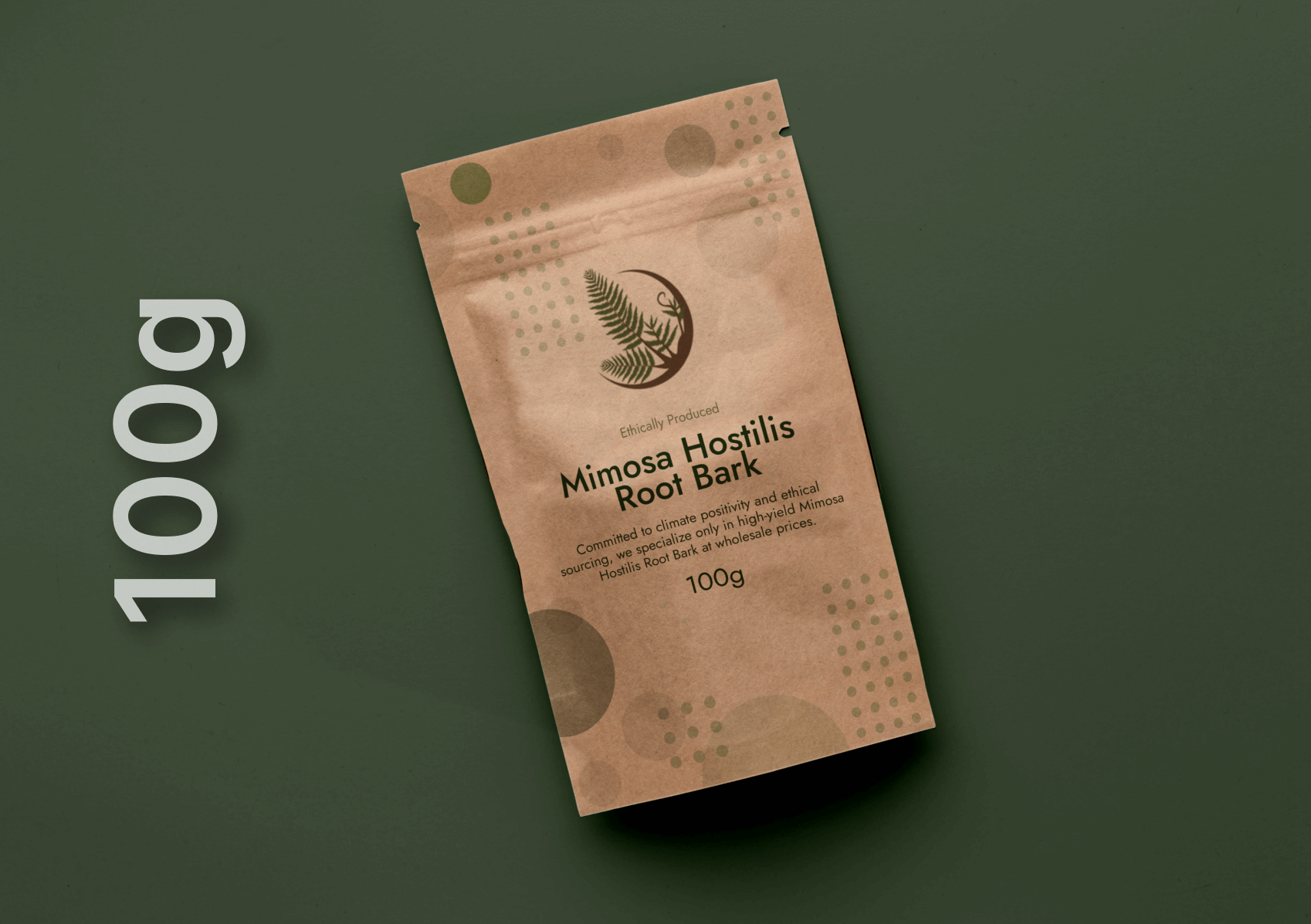Understanding Mimosa Hostilis: Legal Foundations and Basic Information
What is Mimosa Hostilis Root Bark?
Mimosa Hostilis Root Bark (MHRB), scientifically known as Mimosa tenuiflora, represents one of nature’s most versatile botanical resources. This tree species, native to northeastern Brazil and parts of Mexico, produces a distinctive purple-red root bark that has served human needs for centuries.
The bark contains a rich array of natural compounds including tannins, flavonoids, and various alkaloids. These chemical constituents give MHRB its distinctive properties and make it valuable for legitimate commercial applications including natural dyeing, traditional skincare preparations, and soap making.
The Legal Classification Framework
In the United States, Mimosa Hostilis root bark itself maintains legal status as a natural plant material. The Drug Enforcement Administration (DEA) does not classify the raw plant material as a controlled substance. This distinction proves crucial for understanding the legal landscape surrounding MHRB.
However, the legal status becomes more complex when considering the plant’s chemical composition. MHRB contains DMT (N,N-Dimethyltryptamine), a naturally occurring compound that appears on Schedule I of the Controlled Substances Act. The presence of this compound creates important legal considerations for buyers, sellers, and users.
Key Legal Distinctions
The fundamental legal principle governing MHRB centers on intent and use. Purchasing and possessing the raw root bark for legitimate purposes such as natural dyeing, soap making, or traditional skincare applications remains legal. The legal issues arise when the material is used for extracting or concentrating controlled substances.
This legal framework mirrors other botanical materials that contain naturally occurring controlled substances. Many plants contain trace amounts of regulated compounds, but the plants themselves remain legal until processed or used for illegal purposes.
Commercial Market Statistics
The legitimate commercial market for MHRB continues growing steadily. Industry data shows the natural dyes market, valued at approximately $1.2 billion globally, experiences annual growth rates of 8-10%. MHRB represents a significant portion of this market, particularly in the premium natural textile sector.
In the skincare industry, botanical extracts including Tepezcohuite (the Mexican name for MHRB) show increasing demand. Market research indicates that 73% of consumers actively seek natural ingredients in their skincare products, driving legitimate commercial interest in MHRB-based formulations.

The Current Legal Landscape for MHRB in America
Federal Regulations and Oversight
At the federal level, multiple agencies maintain oversight responsibilities for MHRB. The DEA monitors the substance due to its DMT content, while the Food and Drug Administration (FDA) regulates any cosmetic or therapeutic products containing MHRB extracts.
The Department of Agriculture also plays a role through import regulations. MHRB imported from Brazil or Mexico must comply with phytosanitary requirements designed to prevent the introduction of plant pests and diseases. These regulations focus on agricultural protection rather than controlled substance concerns.
State-Level Variations
Individual states maintain the authority to enact more restrictive regulations than federal law requires. Currently, no states specifically prohibit MHRB possession or sale for legitimate purposes. However, some states have enacted broader legislation affecting plants containing controlled substances.
Louisiana serves as an example, having passed laws restricting various botanical materials. While these laws primarily target synthetic compounds, they demonstrate how state regulations can exceed federal requirements. Consumers should research their specific state laws before purchasing MHRB.
Import and Export Considerations
Importing MHRB into the United States requires compliance with multiple regulatory frameworks. Importers must obtain proper documentation from the source country, typically Brazil or Mexico, certifying the material’s botanical identity and phytosanitary status.
Customs and Border Protection (CBP) agents receive training to identify various botanical materials, including MHRB. While the material itself is legal to import, agents may conduct additional inspections to verify the shipment’s contents and intended use.
Enforcement Patterns and Trends
Law enforcement agencies generally focus their attention on extraction activities rather than simple possession of raw MHRB. Court cases involving MHRB typically involve individuals who have extracted or concentrated DMT from the plant material, not those using it for dyeing or cosmetic purposes.
This enforcement pattern reflects the practical challenges of prosecuting cases involving naturally occurring compounds. Prosecutors must prove intent to extract or use controlled substances, which proves difficult when defendants can demonstrate legitimate uses for the material.
Exploring MHRB Legality: Applications and Regulatory Implications
Deep Dive into Legitimate Commercial Uses
The natural dyeing industry represents the largest legitimate market for MHRB in the United States. Textile artists, fashion designers, and craft enthusiasts prize the bark for its ability to produce rich purple and pink hues on natural fibers. The dyeing process requires no extraction or concentration of active compounds, making it clearly legal under current regulations.
Professional dyers often purchase MHRB in quantities ranging from one pound to several dozen pounds annually. These purchases fall well within normal commercial patterns and attract no regulatory attention. Many suppliers maintain detailed records of their sales to textile professionals, creating clear documentation of legitimate use.
The soap and cosmetics industry also drives significant demand for MHRB. Artisan soap makers incorporate powdered root bark directly into their products, taking advantage of its natural color and purported skin benefits. This direct incorporation method requires no chemical processing, maintaining clear legal compliance.
Role in Traditional and Cultural Practices
MHRB maintains significant cultural importance for indigenous communities in Mexico and Brazil. In these traditional contexts, the bark serves as “Tepezcohuite,” a healing remedy for various skin conditions. These traditional uses predate modern pharmaceutical regulations by centuries.
In the United States, practitioners of traditional healing systems sometimes incorporate MHRB into topical preparations. The Religious Freedom Restoration Act and similar legislation may provide some protection for sincere religious or cultural practices, though this area of law remains complex and evolving.
Modern practitioners interested in traditional applications typically focus on external uses such as salves, poultices, and skincare preparations. These applications avoid the legal complications associated with internal consumption or extraction activities.
Regulatory Compliance for Businesses
Businesses selling MHRB in the United States must navigate several regulatory requirements. While the product itself remains legal, companies must ensure their marketing and sales practices comply with FDA regulations regarding cosmetic and therapeutic claims.
The FDA prohibits businesses from making specific medical claims about MHRB products without proper clinical evidence and approval. Companies can describe traditional uses and general properties but must avoid claims about treating specific medical conditions.
Proper labeling also proves crucial for regulatory compliance. Products must clearly identify the botanical name (Mimosa tenuiflora or Mimosa hostilis), include appropriate warnings about potential skin staining, and provide accurate information about the product’s origin and processing.
Business owners should maintain detailed records of their suppliers, customers, and product uses. While not legally required for raw MHRB sales, these records demonstrate legitimate business practices and can prove valuable if regulatory questions arise.
Practical Guidelines for Legal Compliance
Individuals purchasing MHRB can take several steps to ensure legal compliance. First, buy only from reputable suppliers who clearly market the product for legitimate uses such as dyeing or cosmetics. Avoid suppliers who make inappropriate references to extraction or other questionable applications.
Document your intended use for the material. Keep records of your dyeing projects, soap making activities, or other legitimate applications. These records can demonstrate proper intent if questions ever arise about your purchases or possession.
Purchase reasonable quantities for your intended use. While no specific quantity limits exist, buying amounts consistent with your demonstrated applications helps establish legitimate intent. A casual dyer purchasing several pounds annually appears reasonable, while someone with no demonstrated use buying large quantities might attract attention.
Store MHRB properly and safely. Use appropriate containers and labels to clearly identify the material. Keep the product in its original packaging when possible, as this provides clear documentation of the source and intended use.
Future Legal and Regulatory Trends
The legal landscape for MHRB will likely evolve as awareness of botanical materials containing controlled substances increases. Several trends may influence future regulations and enforcement patterns.
Increased scrutiny of online sales platforms represents one potential development. E-commerce sites may implement stricter policies regarding botanical materials, requiring additional documentation or restricting certain products. Sellers should stay informed about platform policies and prepare for potential changes.
Growing interest in natural and traditional remedies may lead to more comprehensive regulatory frameworks. The FDA continues developing guidelines for botanical ingredients in cosmetics and supplements, which could affect how MHRB products are regulated and marketed.
International trade agreements and drug control treaties may also influence domestic MHRB regulations. Changes in how source countries regulate exports could affect availability and pricing in the United States market.
Research into MHRB’s legitimate applications continues expanding. Scientific studies documenting the bark’s properties for dyeing and skincare applications may strengthen the case for its continued legal availability. This research helps distinguish legitimate uses from potentially problematic applications.
Legal Resources and Professional Guidance
Individuals and businesses working with MHRB should stay informed about relevant legal developments. The DEA publishes updates about controlled substances regulations, while the FDA provides guidance on cosmetic and botanical product regulations.
Professional associations for natural dyers, soap makers, and cosmetic manufacturers often provide legal updates and compliance guidance for their members. These organizations can serve as valuable resources for staying current with regulatory changes.
When in doubt about specific legal questions, consulting with attorneys experienced in drug law or FDA regulations can provide valuable guidance. While MHRB itself remains legal, the complex regulatory environment makes professional advice worthwhile for serious commercial ventures.
Trade publications and industry newsletters also provide updates about regulatory developments affecting botanical materials. Subscribing to relevant publications helps maintain awareness of changes that might affect MHRB legality or availability.
Conclusion
Understanding the legality of Mimosa Hostilis in the United States requires recognizing the distinction between the plant material itself and its potential applications. The raw root bark remains legal to purchase, possess, and use for legitimate purposes including natural dyeing, soap making, and traditional skincare preparations. However, the presence of naturally occurring DMT creates important legal considerations regarding extraction and concentration activities.
The key to legal compliance lies in proper intent and application. Individuals and businesses using MHRB for established legitimate purposes can operate confidently within current legal frameworks. Maintaining proper documentation, purchasing from reputable suppliers, and staying informed about regulatory developments helps ensure continued compliance.
The growing market for natural and sustainable products supports continued legal availability of MHRB for appropriate applications. As consumer demand for botanical alternatives increases, the legitimate commercial uses of Mimosa Hostilis will likely expand, strengthening its position as a legal and valuable natural resource in the American marketplace.
Frequently Asked Questions
Is Mimosa Hostilis legal to buy in the United States?
Can I get in trouble for buying Mimosa Hostilis root bark?
What can I legally use Mimosa Hostilis for in the USA?
Are there any states where Mimosa Hostilis is illegal?
Do I need any permits to buy Mimosa Hostilis in America?




